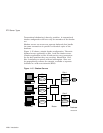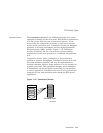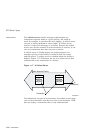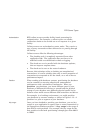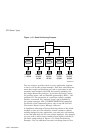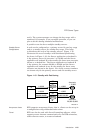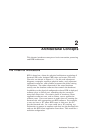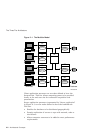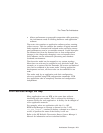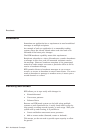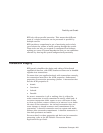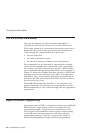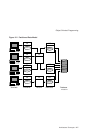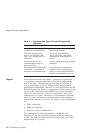
2
Architectural Concepts
This chapter introduces concepts on basic transaction processing
and RTR architecture.
The Three-Tier Architecture
RTR is based on a three-tier physical architecture consisting of
frontend (FE) roles, backend (BE) roles and router (TR) roles.
The roles are shown in Figure 2–1. (In this and subsequent
diagrams, rectangles represent physical nodes, ovals represent
application software, and cylinders represent the disks storing
the database. The nodes connected to the actual database
usually run the database software that controls the database.)
In addition to the physical configuration where RTR is deployed,
software plays a critical part, extending the tier concept to
more than three tiers. On certain pieces of hardware, client
application software runs, and on others, server application
software runs. Users can connect to nodes that are running the
frontend role with appropriate non-RTR software. For example,
a user can have a PC where RTR runs; in this case, the PC
has the frontend role. Or a user could use a PC running, say
Pathworks, to connect to another node that has the frontend role
and run the RTR client application from there. This would be a
multitier configuration.
Architectural Concepts 2–1




